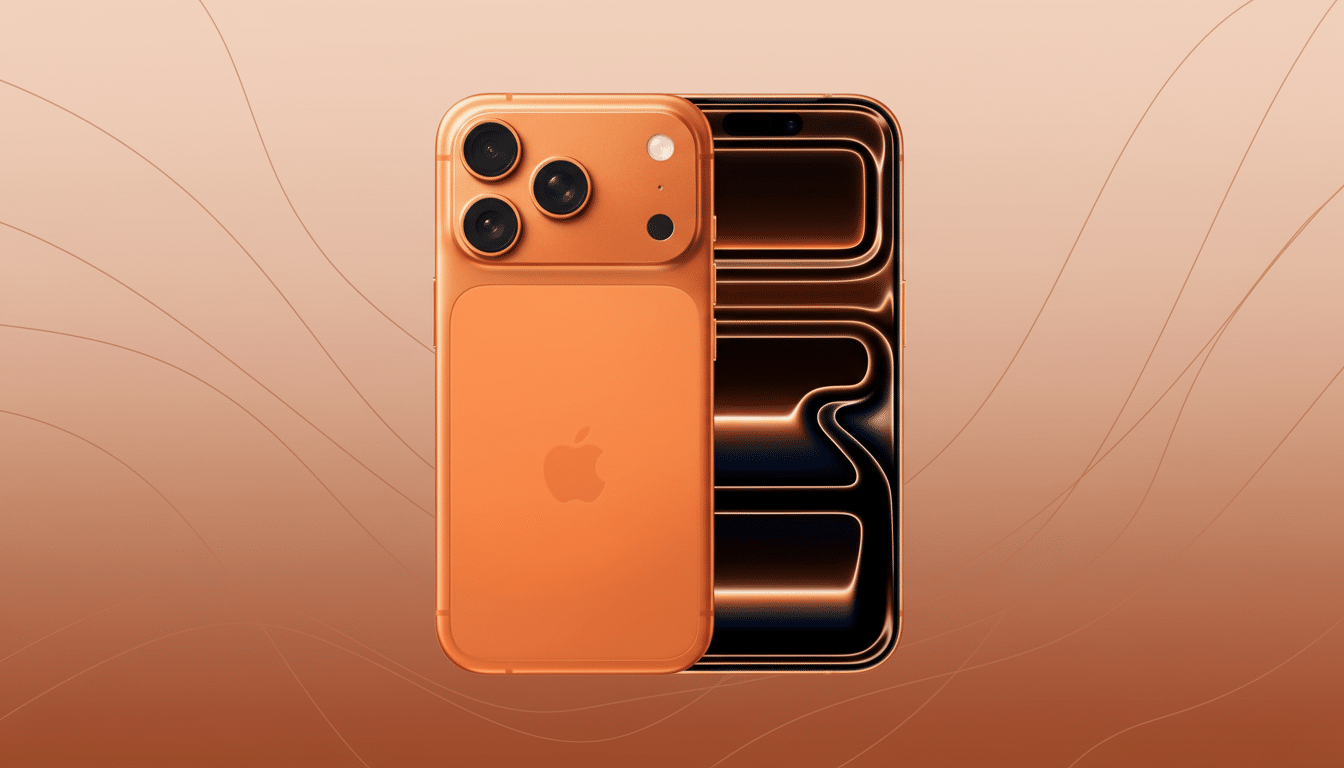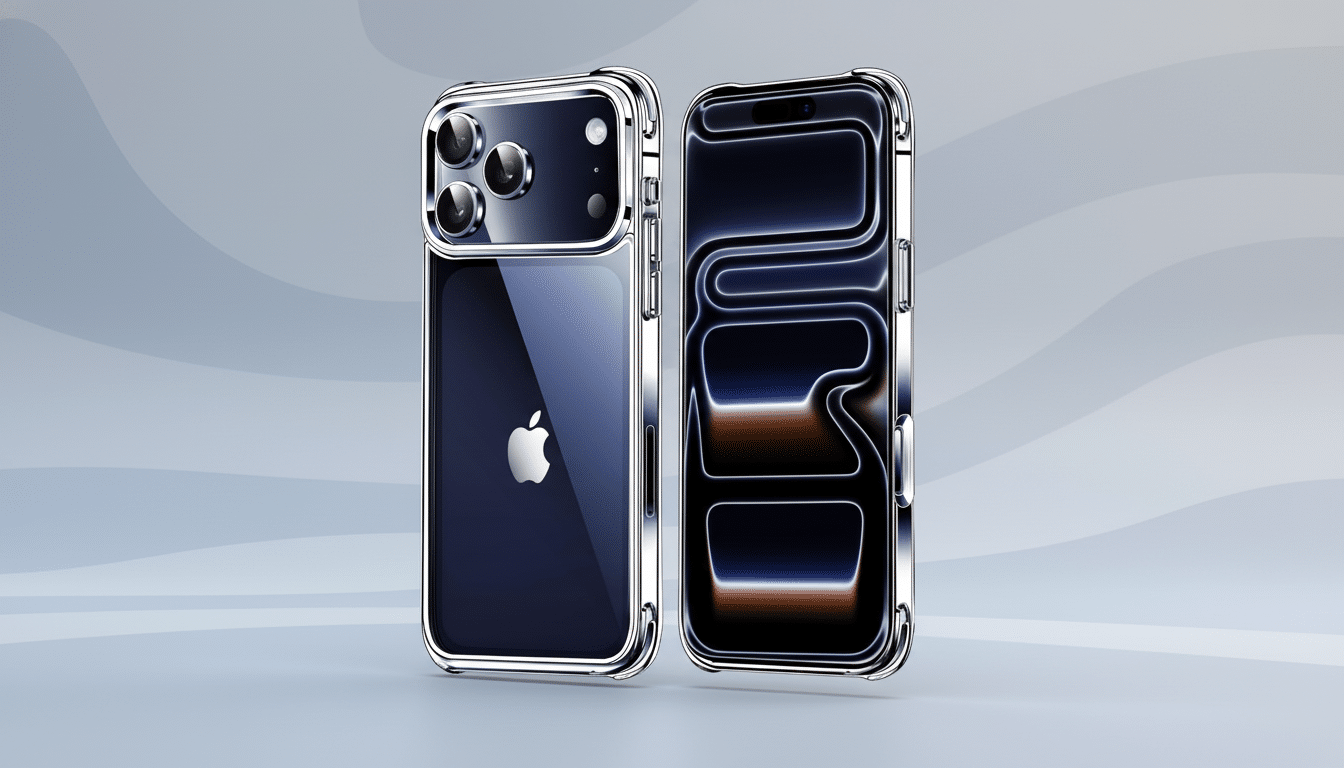I used Samsung’s Galaxy S25 Ultra and Apple’s iPhone 17 Pro Max side by side for a week in photography shoots, navigating daily life, traveling and editing sessions. Both are outstanding flagships that set the bar in different ways. Having now spent some time living with them as my only phones, I think the Galaxy S25 Ultra is the better all‑around pick for most people, while the iPhone 17 Pro Max remains the clear preference for serious video creators and those who are deeply committed to Apple’s ecosystem.
Display and design differences in real-world use outdoors
Samsung’s display advantage is real. The S25 Ultra’s anti‑reflective glass and oleophobic treatment meant glare was a non-issue the second I stepped outside at midday, allowing me to actually see maps and camera controls without craning my neck or squinting through a grimy spot on my screen. The iPhone’s new anti‑reflection layer helps, but I found myself wiping the screen more often than I do in harsh light.
- Display and design differences in real-world use outdoors
- Performance and thermals during everyday and pro tasks
- Camera capabilities and video strengths across both phones
- AI features and software experience on both platforms
- Battery life, charging speeds, and day-to-day endurance
- Productivity tools and ecosystem perks for power users
- Price, storage configurations, and regional deal factors
- Final verdict: which flagship suits your needs best

Color accuracy and consistency are top‑tier on both. With wide color reference clips, the S25 Ultra renders them better and holds saturation without crushing shadows, while the iPhone retains slightly warmer midtones. Labs like DisplayMate have long focused on low reflectance as a key readability metric; in use, Samsung’s panel feels ahead here this year.
Performance and thermals during everyday and pro tasks
In the daily grind, either phone is scorchingly quick. The newest Apple silicon is great at bursty tasks alongside pro apps; high‑bitrate footage export always came out faster on iPhone in my testing. The Galaxy’s Snapdragon‑class chip (augmented with generous RAM) felt noticeably faster when multitasking, and in AI‑fueled features like live transcription/summarization on the device.
Thermals are good on both, but the S25 Ultra’s bigger vapor chamber helped maintain a steadier frame rate when playing at length. If you’re running sustained tasks, Samsung’s stability edge appears in long-term performance whilst Apple spikes to impressive burst performance for creator workflows.
Camera capabilities and video strengths across both phones
Photography is a close race. The punchy detail and the solid autofocus make it easy to use, and framing incredibly tight shots from all distances is possible thanks to the S25 Ultra’s zoom system. Samsung’s object eraser and instant slow‑mo are handy, and don’t carry that gimmick shine they used to. Skin tones are also more neutral by default, although you can tune the look easily within the camera app.
Video tilts toward Apple. The iPhone 17 Pro Max also supports advanced pro formats such as ProRes and RAW options, along with Dolby Vision at high frame rates on the main camera. Video stabilization is excellent on each lens, and exposure changes look suitable for a movie with no hunting. For productions that demand ACES or color‑managed workflows, the iPhone’s consistency is still a selling point, one that many cinematographers and reviewers have hit home with in recent years.
The iPhone’s front camera also received a meaningful bump and looks great, with better detail drawing attention along with some reliable auto‑framing for creators. If you need a video camera first and foremost — for vlogs, or socials, or short films — go with the iPhone.
AI features and software experience on both platforms
By comparison, Samsung’s Galaxy AI is a bit more hands‑on. The sidebar gives you one‑swipe access to translation, document extraction and context‑aware actions. It took one finger movement and a tap to turn an email thread into a calendar event, for example. Samsung’s tools are fast and rather natural‑looking as photo cleanup goes.

Apple Intelligence is built directly into the system and designed to maintain user privacy through on‑device personal data processing using Private Cloud Compute, which independent third‑party analysts have previously highlighted as having a strong security profile. Its writing instruments and notification hierarchy are elegant, but the company’s AI still feels early next to Samsung’s depth and discoverability.
Battery life, charging speeds, and day-to-day endurance
Both phones had no problem getting through a day comfortably. The S25 Ultra’s performance improvements, along with that low‑reflectance screen, were also enough to make it a sipper of battery power when using the phone outdoors. The iPhone is still top dog in the standby game: leave it overnight and there’s barely been a pin dropped anywhere near its battery, something that all‑night travelers will very much be on board with.
Wired charging is faster on Samsung, and wireless charging speeds are close to it. Apple relies on MagSafe to ensure accessories connect properly and line up, and although the lineup of certified chargers and mounts for the iPhone is indeed wider still, that’s supported by the Wireless Power Consortium’s broadening Qi standards.
Productivity tools and ecosystem perks for power users
The niche of the S Pen endures. It’s perfect for jotting quick notes, signing PDFs or scribbling down ideas while on calls — still special among mainline flagships. Samsung DeX is still a powerful desktop‑like experience when you dock to a monitor, and that’s something mobile pros and students have continued to appreciate.
Apple’s ecosystem polish is unmatched. With AirDrop, Continuity features and pro‑app power, you can do more with the iPhone as a seamless part of a Mac or iPad workflow. If you have MagSafe accessories, they’ll work straight out of the box; for the Galaxy, you will need a case ring that makes it MagSafe‑compatible to achieve the same effect.
Price, storage configurations, and regional deal factors
For creators who build media archives, there is Apple’s 2TB of storage, which can save time and headaches on long shoots. The Galaxy S25 Ultra peaks lower but is still generous for most people, and cloud backup functions the same way on both. As always, regional trade‑in deals and carrier incentives can swing value more than spec sheets will, so shop wisely.
Final verdict: which flagship suits your needs best
If you’re a filmmaker or an editor, or if you already live deep inside Apple’s ecosystem, the iPhone 17 Pro Max is the smarter purchase. Its video pipeline, accessory universe, and pro‑grade codecs are legitimately production‑ready — a matter of record that many reviewers and post‑production pros have been saying for years.
For those who don’t, the obvious winner will be the Samsung Galaxy S25 Ultra. A best‑in‑class outdoor‑viewable display, new and practical AI tools, enhanced S Pen functionality, more powerful, better‑sustained performance, very capable cameras, and the ability to recharge other devices with Wireless PowerShare combine for a demand‑crushing device in every aspect. It’s the one I picked up most often — since it just did more on a per‑tap basis.

